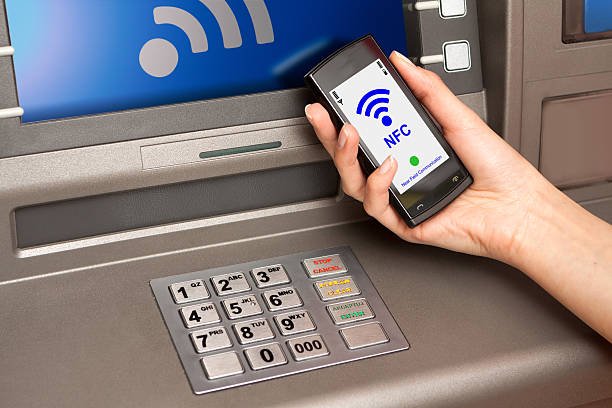NFC stands for Near Field Communication and it is a short-range wireless communication feature that enables contactless data transfering over short distances. It is like Wi-Fi, but instead of broadcasting to the world, NFC enables communication only with devices in close proximity to one another. To know what’s the role of NFC in Xiaomi Redmi K40 Pro+, continue reading this article.
Does Xiaomi Redmi K40 Pro+ have NFC technology?
Yes, NFC technology is available on Xiaomi Redmi K40 Pro+ and you can enable it from settings.
How to turn on NFC on Xiaomi Redmi K40 Pro+? – NFC activation process
Follow these steps to turn on NFC on Xiaomi Redmi K40 Pro+:
– Go to settings.
– Tap on connections.
– Swipe down.
– enable the NFC feature.
If you want to know more about how to use NFC on Xiaomi Redmi K40 Pro+, continue reading the following paragraphs as everything about NFC will be clarified.
How to scan the NFC tag on Xiaomi Redmi K40 Pro+?
Scanning an NFC tag on Xiaomi Redmi K40 Pro+, comes after installing a writing app like TagWriter by NXP. You just need to open the app, and hold your phone near the tag then scan it. The following paragraphs clarify more about installing and using writing apps.

How to share files using NFC from Xiaomi Redmi K40 Pro+ to an Android smartphone?
Download “send anywhere” app in both devices. In the first device, open the app and tap on share option in the top left corner. As for the other device, tap on yes I agree and close the window. Next, in Xiaomi Redmi K40 Pro+, tap on:
– Newly installed apps.
– Send anywhere.
– Media files from screenshot or another folder.
Now remove the mark from the first two options and keep it for the files you want to send them. Next, click on send and got it.
– click on the upper right icon
– Choose while using the app.
– Tap on the arrow in the bottom left corner.
Now Insert the key you see in Xiaomi Redmi K40 Pro+ on the other device, then choose while using the app. In Xiaomi Redmi K40 Pro+ , tap on yes I agree then close the window and tap on the photo or file in both phones.
For what can I use NFC apps on Xiaomi Redmi K40 Pro+?
To write NFC tags for task automation on your Xiaomi Redmi K40 Pro+, you need third-party apps, while to make payments you need NFC payment apps. These apps help you to use your phone features effortlessly with no need to do many tasks manually.

How to use Google pay app for contactless payments?
To utilize tap-to-pay features on your Xiaomi Redmi K40 Pro+, go to settings, share and connect, then click on tap to pay and choose the appropriate app to use it. Next, open the app and add your card details.
To make a payment with your phone, open the app and tap it to another device. This will allow you to pay electronically with your phone.
How to install NFC writing apps for android?
Firstly, you need to enable NFC on your Xiaomi Redmi K40 Pro+. After that, ensure that you have a blank NFC tag or buy a one. Next, download Writing app (NXP tagwriter).
Open the app and follow the text below to write the tag with it.

How to Write NFC tags on Xiaomi Redmi K40 Pro+
To write a tag in order to automate task by scanning it with your phone, follow the explanation below:
– Open the app you download.
– Click on write tags in the top right.
– Choose new data set.
Let’s assume that you choose “link”:
– Choose its type.
– Enter the domain in the other field.
– Select save and write.
In the next screen, all options are unckecked. Click on write, then hold your phone close to the tag to see the confirmation on the screen.
What is the memory I need to write an NFC tag?
The memory you need to write an NFC tag is not the same because if you want to write or store a web address, you will need 19 bytes, while you need 68 bytes for SMS. As for Emails, it requires at least 83 bytes.
What do you need to use NFC on Xiaomi Redmi K40 Pro+?
Using NFC on Xiaomi Redmi K40 Pro+ requires you to be familiar with Xiaomi Redmi K40 Pro+ NFC settings that include :
– Turning on NFC: A process of activating NFC from settings.
– Using the antenna: A sensor makes it possible to share data wirelessly.
– Scanning: Making contactless communication between two phones using the NFC sensor.
– Paying: using the NFC feature to make contactless payments.
– Transferring data: Sending data from one device to another by using NFC.

